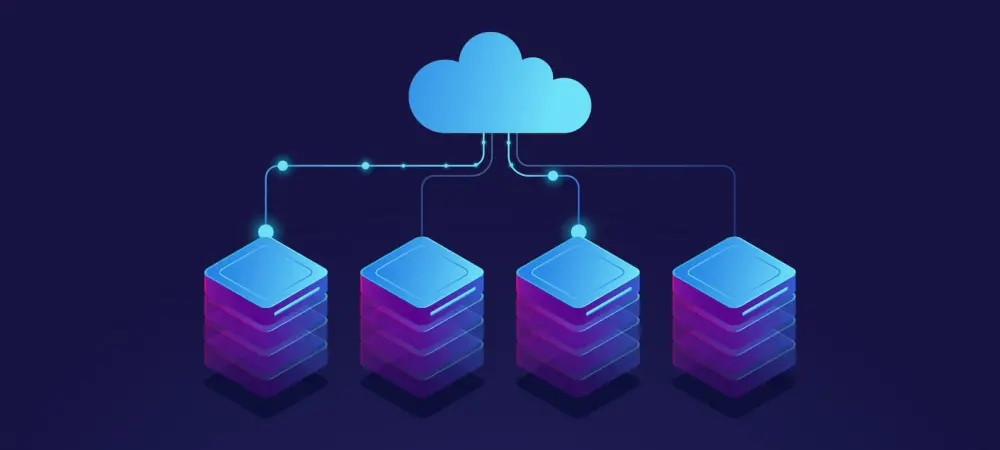With businesses across sectors witnessing swift technological shifts, the race between traditional mainframes and dynamic cloud solutions continues to intensify. Key trends suggest that companies are increasingly adopting a hybrid model, balancing secure transaction processing with scalable innovation. This analysis examines how industries are navigating these complexities, drawing on past experiences and projecting future dynamics.
Strategic Infrastructure Choices for Modern Enterprises
In the current corporate landscape, selecting an optimal IT infrastructure carries critical implications for operational success and competitiveness. The challenge lies in determining whether to retain legacy systems in the form of mainframes or embrace the agility of cloud technologies. This choice is crucial not only for technological advancement but also for compliance with regulatory standards and cost-efficiency, influencing strategic decisions across industries.
In-Depth Examination of Market Dynamics
The Continued Relevance of Mainframes
Mainframes have been a staple in industries requiring robust transaction handling, noted for their reliability and security. The financial sector, in particular, stands as a testament to mainframes’ enduring pertinence. Financial institutions originally migrating to a “cloud-first” strategy recognized that their high-volume, low-latency processes were better suited to the stability of mainframes. This realization emerged after facing cost overruns and operational inefficiencies in cloud environments, leading to a balanced reintegration of mainframe capabilities.
Cloud’s Rise: Opportunities and Complexities
Cloud technology offers businesses impressive agility and global reach, essential for entities operating in rapidly changing markets. Companies effectively utilizing the cloud demonstrate how it facilitates innovation and operational flexibility. However, the technology is not without pitfalls. Unforeseen expenses and performance limitations often accompany cloud adoption, urging businesses to adopt a calculated approach that considers these complexities alongside potential benefits.
Global Perspectives on Infrastructure Implementation
The decision between mainframes and cloud solutions is not universal and must account for regional variances. Regulatory environments, especially in data-sensitive industries, play a substantial role in shaping infrastructure decisions. While some regions possess the technological readiness and flexibility to rapidly integrate cloud solutions, others rely on mainframes for compliance and security. This disparity highlights the need for tailored strategies that align with local demands and business requirements.
Anticipating Future IT Developments and Innovations
The IT landscape is witnessing a progressive shift toward hybrid models, which harmonize mainframes and cloud platforms. Technological innovations, such as advanced APIs and containerization, enable seamless interaction between these systems. Companies leading this transformation aim to position mainframes as pivotal players within cloud ecosystems, predicting that this integration will redefine industry roles, enhance scalability, and mitigate regulatory concerns.
Formulating Effective Infrastructure Strategies
To optimize IT infrastructure, organizations must consider a personalized approach to integrating mainframe and cloud technologies. Effective strategies entail aligning workloads with the strengths of each technology, ensuring that key functions leverage mainframe stability while exploratory pursuits benefit from cloud flexibility. Businesses are encouraged to develop an inclusive culture that appreciates diverse technological inputs, facilitating an adaptive, innovative environment.
Shaping a Balanced Technological Future
In examining the landscape of IT infrastructure, it is observed that the most successful organizations embraced a synergy between mainframes and cloud solutions. By recognizing each platform’s unique contributions, these entities fostered secure, agile, and innovative operations. The path forward includes strengthening partnerships between cloud and mainframe experts, paving the way for sustainable technological advancements and business growth. Engaging with both mature and emerging technologies allows companies to remain resilient, adaptable, and ahead in the competitive landscape.

